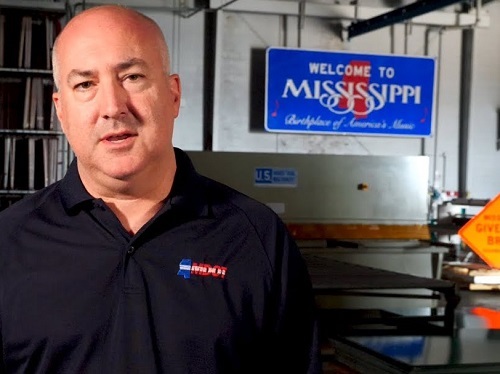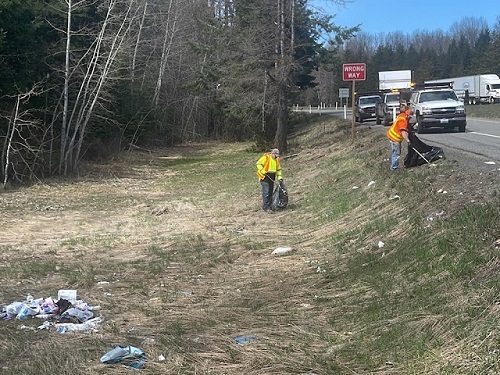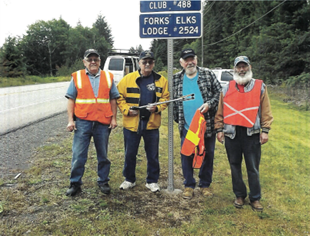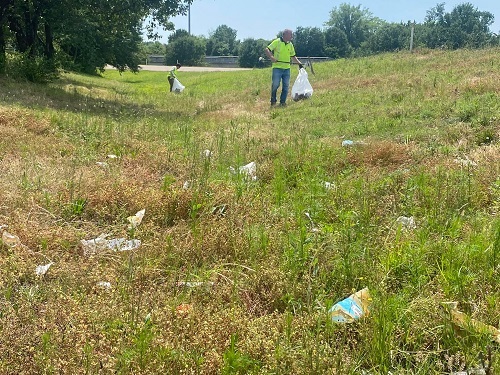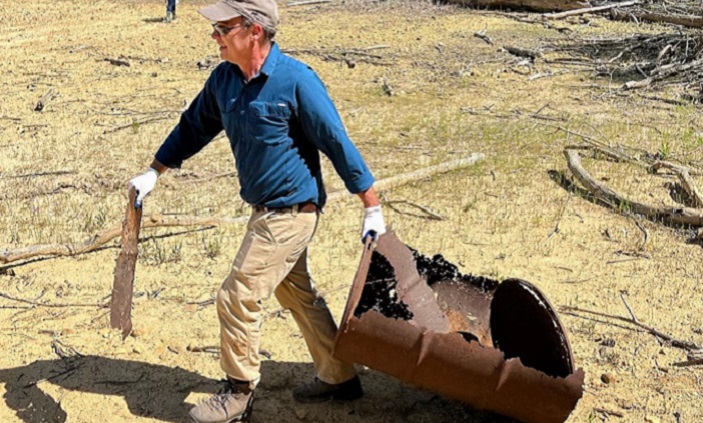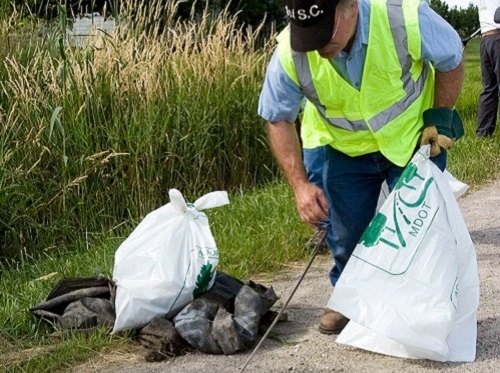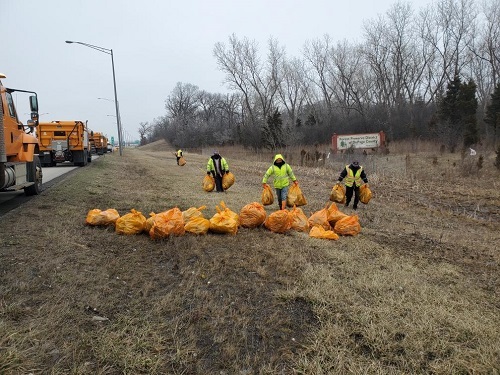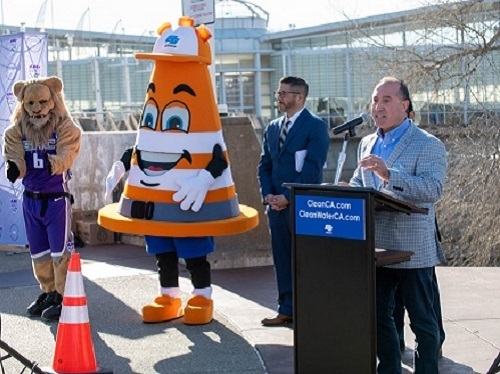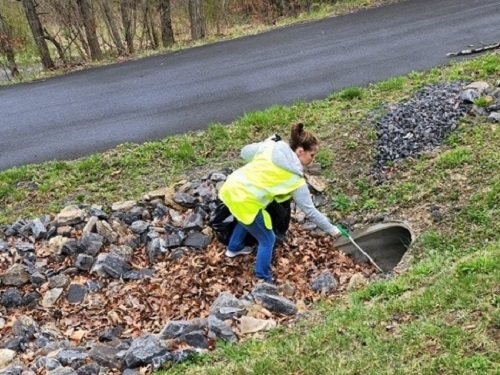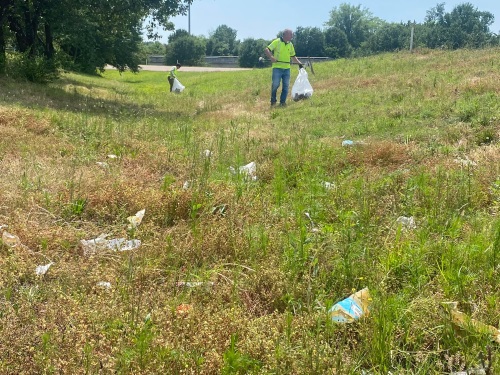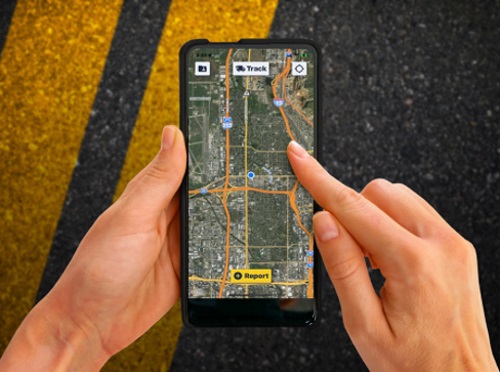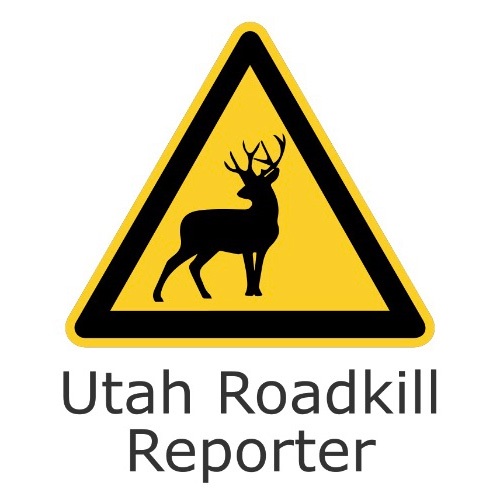The Mississippi Department of Transportation recently relaunched a statewide anti-littering campaign, aimed at encouraging Mississippians to put trash where it belongs and recycle whenever possible.
[Above photo by the Mississippi DOT]
The centerpiece of the campaign is a video featuring agency employees – including Mississippi DOT Executive Director Brad White (above) – not only encouraging state residents to put trash where it belongs, but also highlighting the cost of highway litter cleanup efforts.
“Litter is a big problem in Mississippi,” White explained in a statement. “Mississippi DOT spends over $3 million a year picking up litter. This is money that could be used to build and maintain roads and bridges. Let’s all be good stewards of our great state and make the choice to put our trash where it belongs.”
The agency is also launching a new anti-litter webpage as part of its relaunched campaign – a “one-stop hub” that contains information about the state’s Adopt-a-Highway program, Mississippi litter statistics and resources, stormwater pollution information, anti-litter resources for school teachers, and much more.
State departments of transportation are using a variety of tactics to combat littering on state highways.
For example, the Tennessee Department of Transportation recently celebrated the 40th anniversary of its “Litter Grant Program.” That program – started in 1983 – provides funding to all 95 counties within the state to pay for a wide variety of litter-related efforts, such as litter and tarp law enforcement; cleanup and recycling events; and litter prevention education campaigns.
Those funds also help county governments participate in multijurisdictional and statewide collaborations with Tennessee DOT’s “Nobody Trashes Tennessee” litter prevention campaign, conducted jointly with Keep Tennessee Beautiful and its local affiliates.
Meanwhile, in April, the Illinois Department of Transportation launched a new public outreach effort called “Think Before You Throw!” as part of its ongoing awareness campaign to reduce littering on state highways and roads.
The “Think Before You Throw!” initiative aims to reduce roadside litter along the state’s more than 150,000 miles of roads by raising awareness of the negative environment impact of trash, for both state residents and the nearly 100 million tourists who visit annually, the agency said.
And, in March, the Maryland Department of Transportation launched “Operation Clean Sweep Maryland,” a new initiative that seeks to nearly double the frequency of litter pickup and mowing efforts along state roads.
This new effort – which began in the Baltimore and Washington, D.C., regions – is under the purview of the Maryland State Highway Administration, one of Maryland DOT’s modal divisions.

